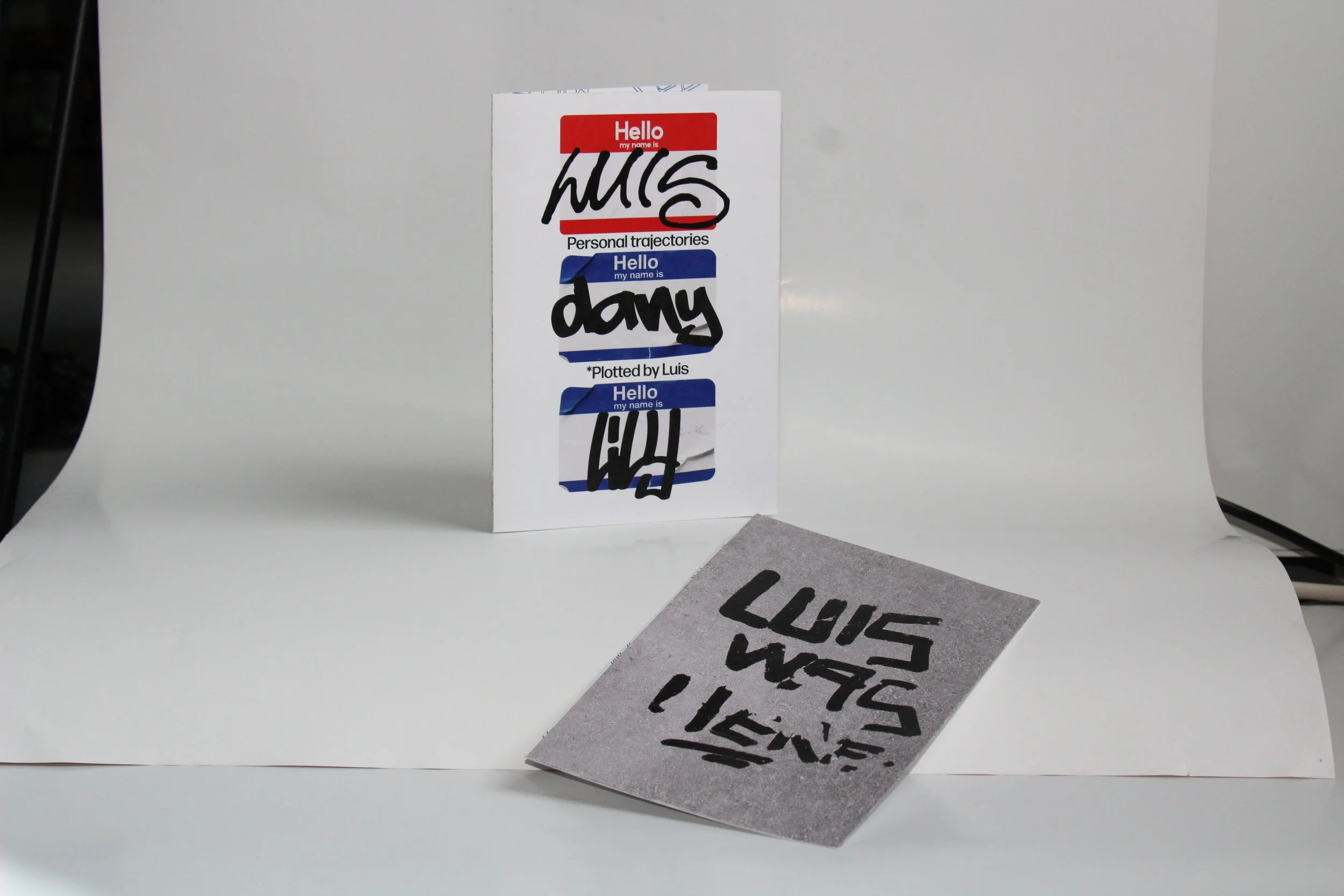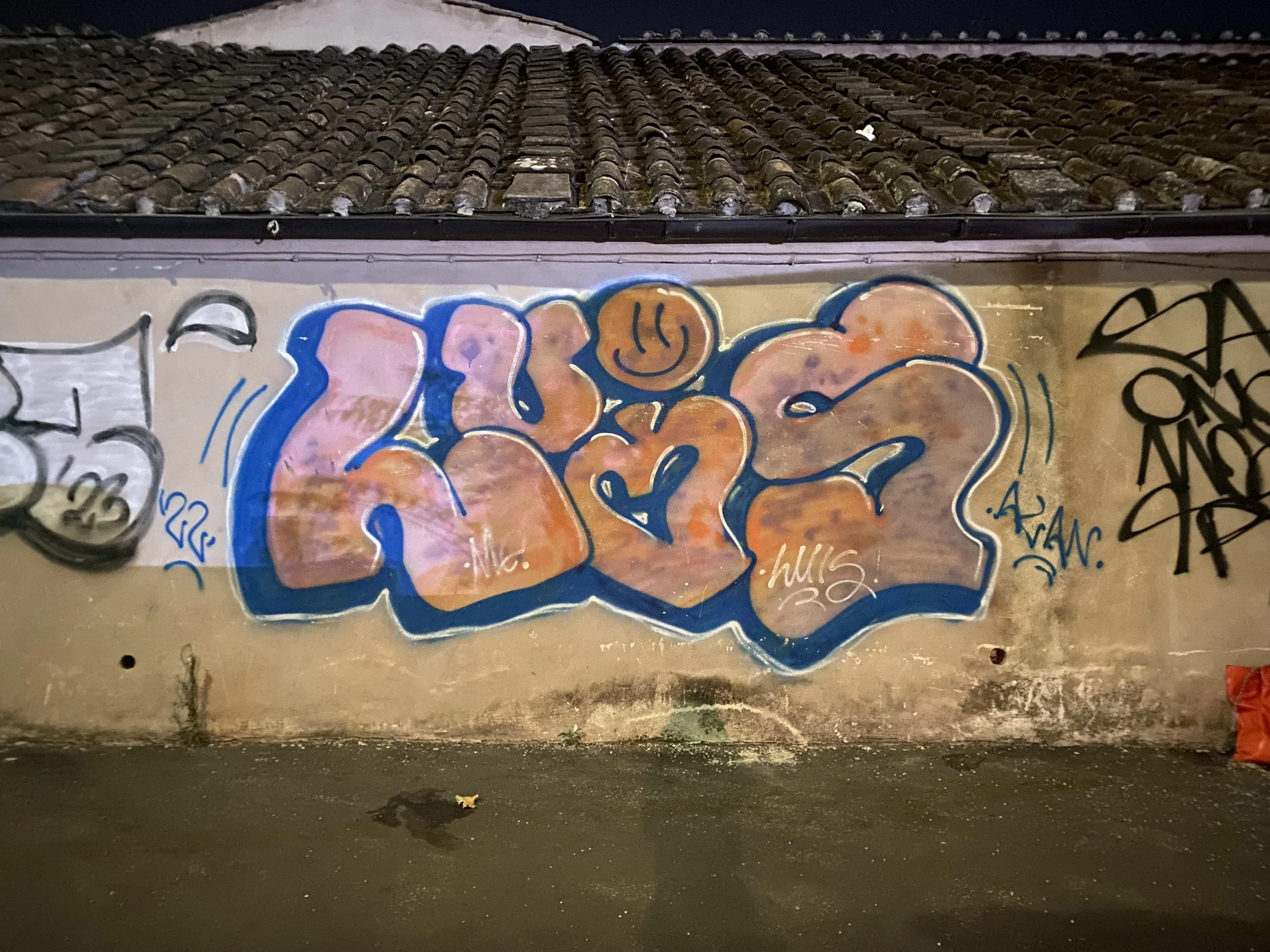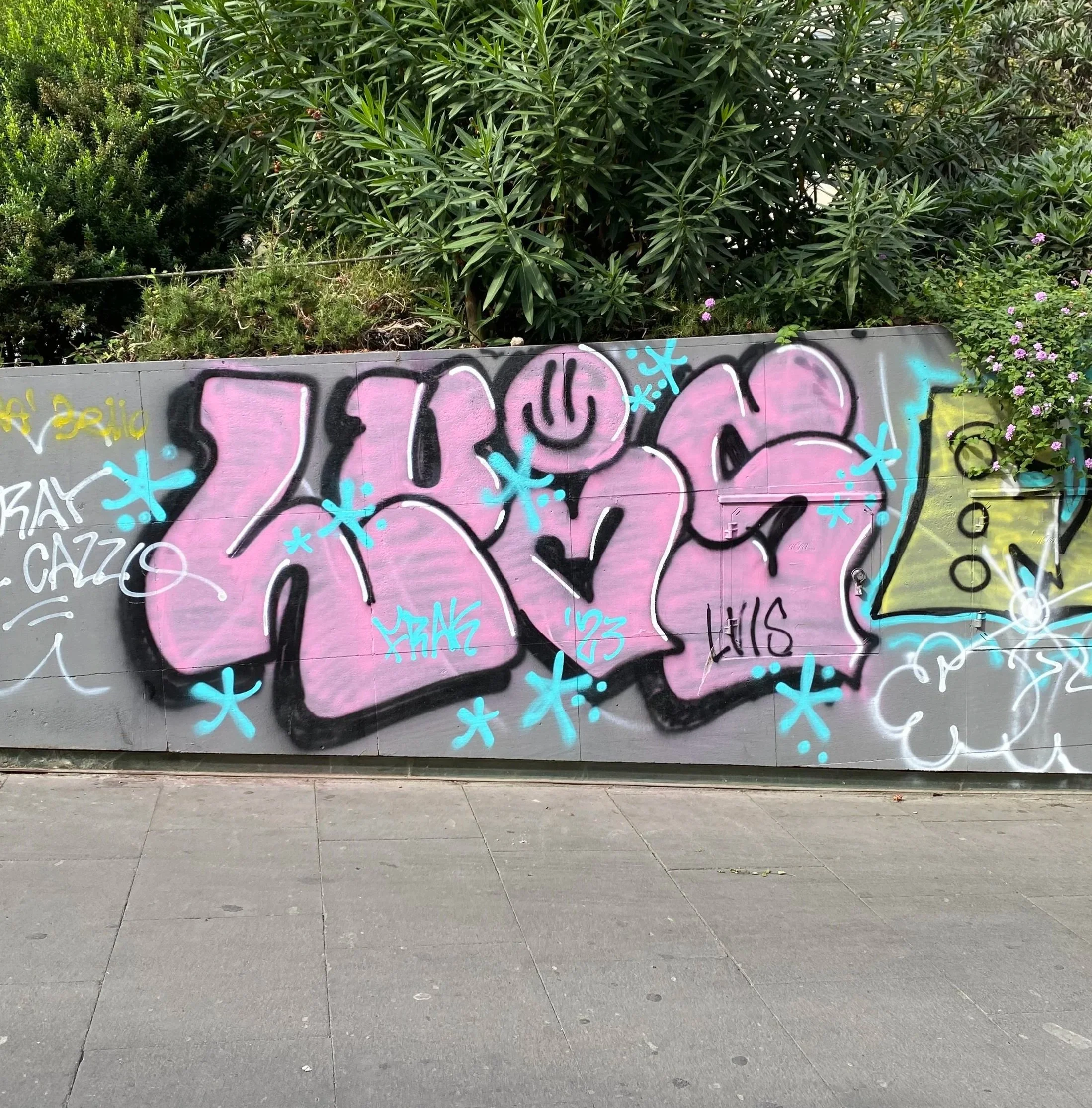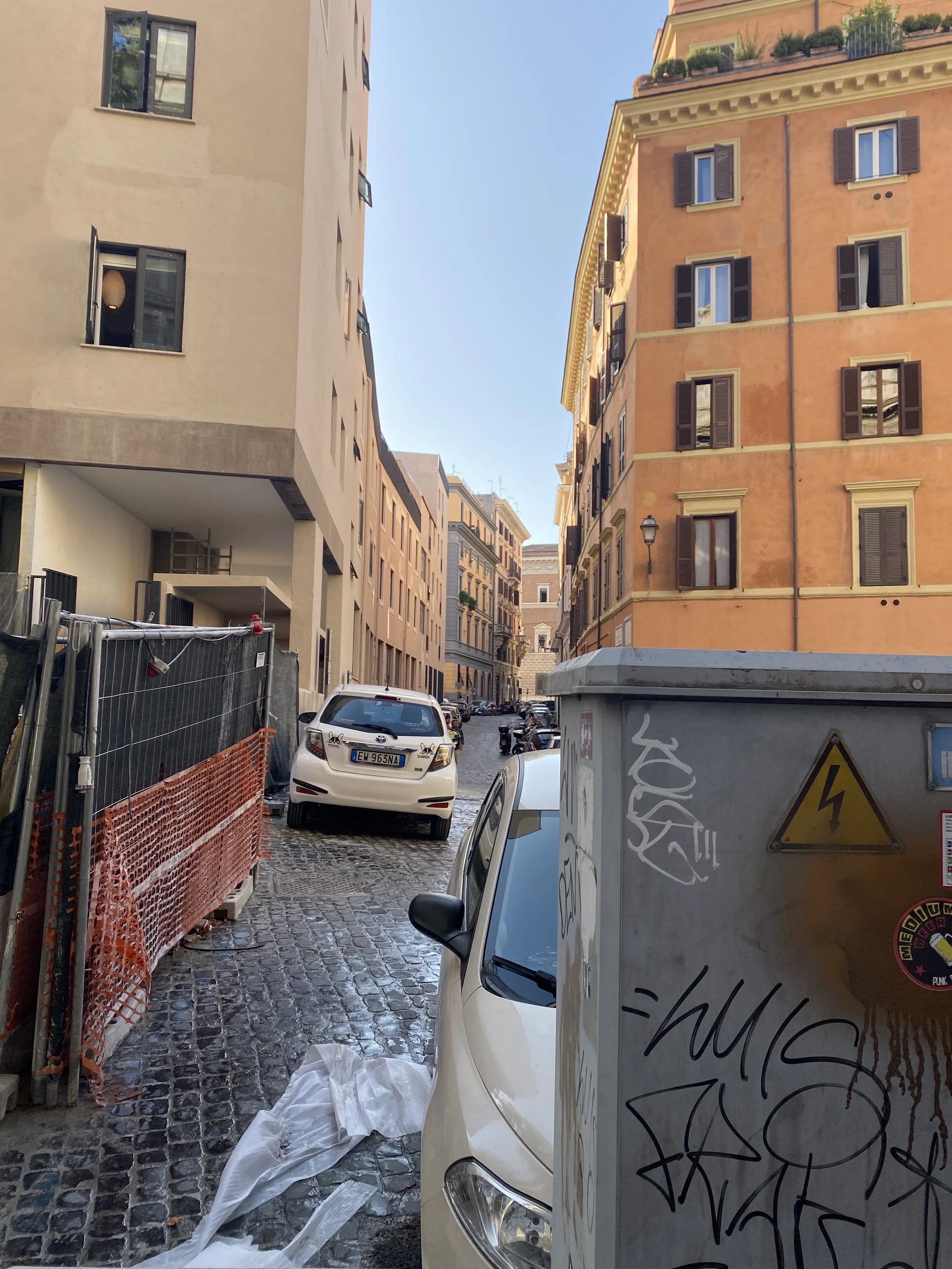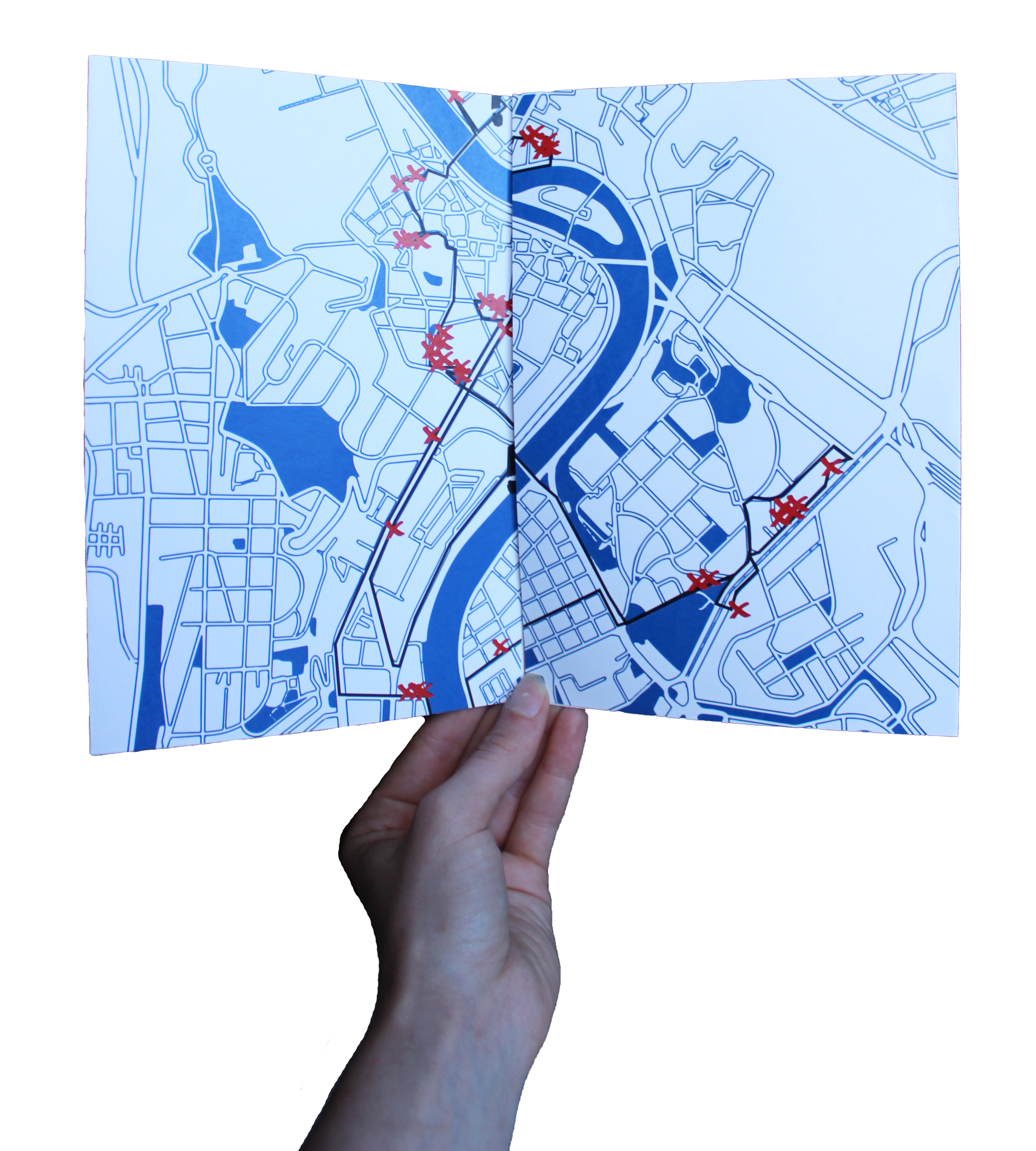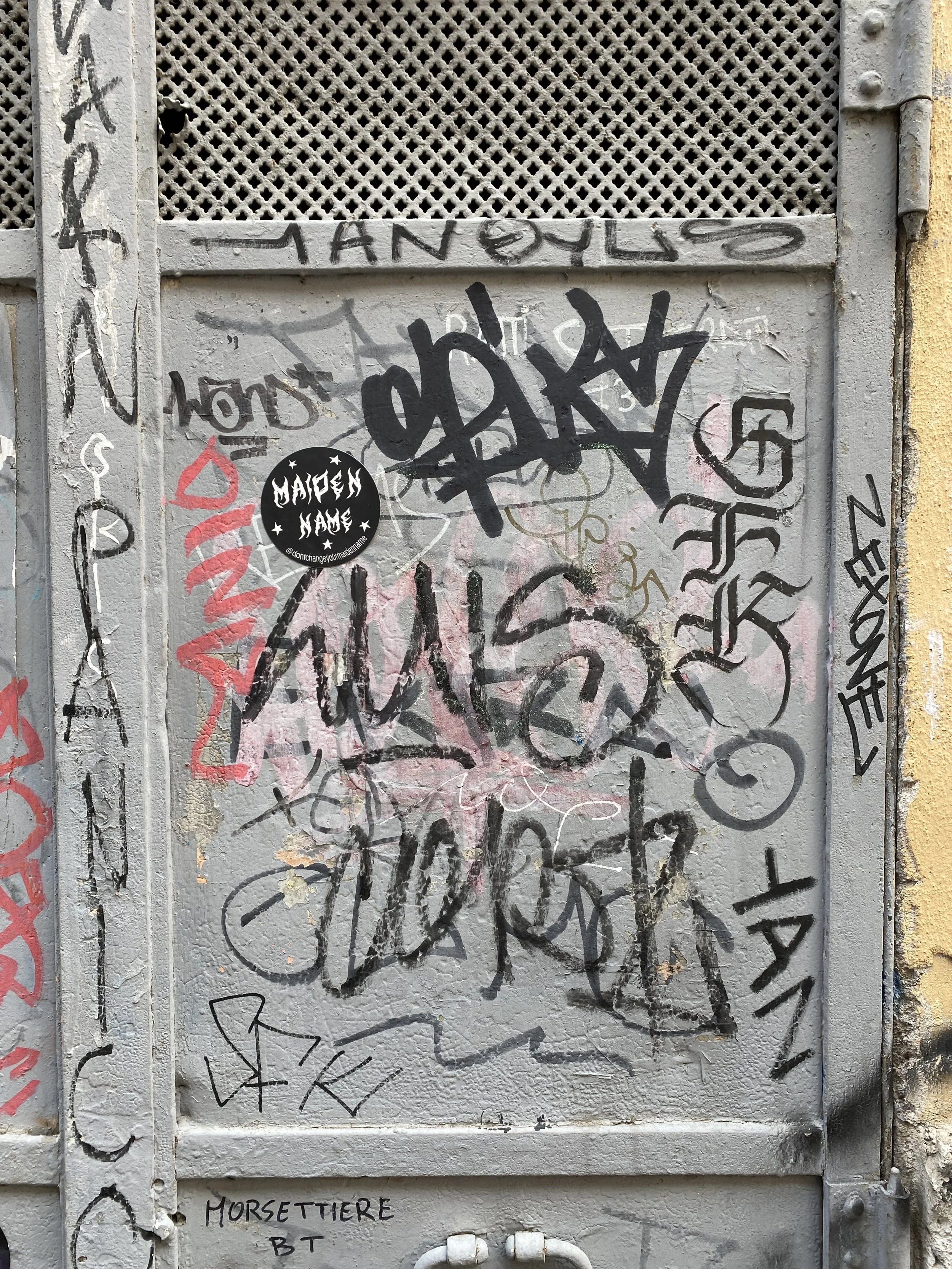Personal Trajectories
*Plotted by Luis
Purpose & Goal.
Purpose & Goal.
Personal Trajectories was the second major project assigned in my Graphic Design Studio course while studying abroad in Rome. It was strategically placed in the semester to encourage students to engage with their surroundings and begin forming personal connections within the city. The goal was to design a brochure mapping Rome through a self-defined lens, constructing a route based on personal experiences rather than traditional navigation. Each map required at least five plot points—a beginning, an end, and three stops in between—allowing for creative interpretation of what a “journey” could look like. From piazzas and cafes to moments of street art and chance discoveries, the assignment invited us to explore Rome through both observation and storytelling.
Once paired with my partner, Dany—who also happened to be my roommate abroad—we began brainstorming how to translate our shared experiences into a visual map. The concept we landed on was inspired by a recurring graffiti tag, “Luis,” that I had noticed almost immediately upon arriving in Italy. What started as a casual curiosity turned into an ongoing game of discovery as I spotted the tag all across the city. For the project, we decided to map the various locations of “Luis” tags we encountered, transforming an act of vandalism into a playful narrative of movement, repetition, and familiarity within our Roman neighborhood.
Process.
Process.
I began the project with a small collection of photos I had already taken of the “Luis” graffiti tag. Fortunately, many of these images were geotagged in my camera roll, giving us a clear starting point to work from. Using those coordinates, Dany and I plotted each location onto a map, creating the foundation for our visual layout. From there, we began illustrating the map itself, designing a framework that would hold our plotted points and visually connect them into a cohesive route.
Even with the photos I had gathered before, I wanted to expand our collection and uncover as many “Luis” tags as possible. Dany and I spent several afternoons exploring areas we hadn’t walked before, intentionally seeking out new sightings. We discovered that many of the tags were concentrated in the Trastevere and Testaccio neighborhoods—revealing distinct territorial boundaries to the artist’s presence. Mapping these patterns was both time-consuming and rewarding, and the process of discovery ultimately became just as important as the final design.
The Brochure
Because our trajectory points were based on graffiti tags, we felt that including a map was essential to grounding the project in place. Our route began in our neighborhood, Trastevere, and ended in Regola, the neighborhood of our university. Since “Luis” and his tag were the focus, we wanted the brochure to feel textured, exploratory, and inventive in how it presented his work. To create a tactile quality, we added spray paint textures to the pages that held our written story—subtle nods to the medium of graffiti itself. To draw the viewer in, the photographs were taken from various angles, offering glimpses into the hidden or hard-to-find locations of Luis’ tags.
This approach made the experience more interactive, allowing viewers who had walked those same streets—or who wanted to seek them out—to connect with the narrative personally. Because “Luis” remained a mystery, we decided to represent him through a name tag motif, giving a human association to his mark. That concept led us to create our own “tags” for the front cover, symbolizing our participation in his world. The back cover featured the only tag that differed entirely from the rest, a deliberate choice that felt like a fitting conclusion—almost as if Luis had signed off on the project himself.
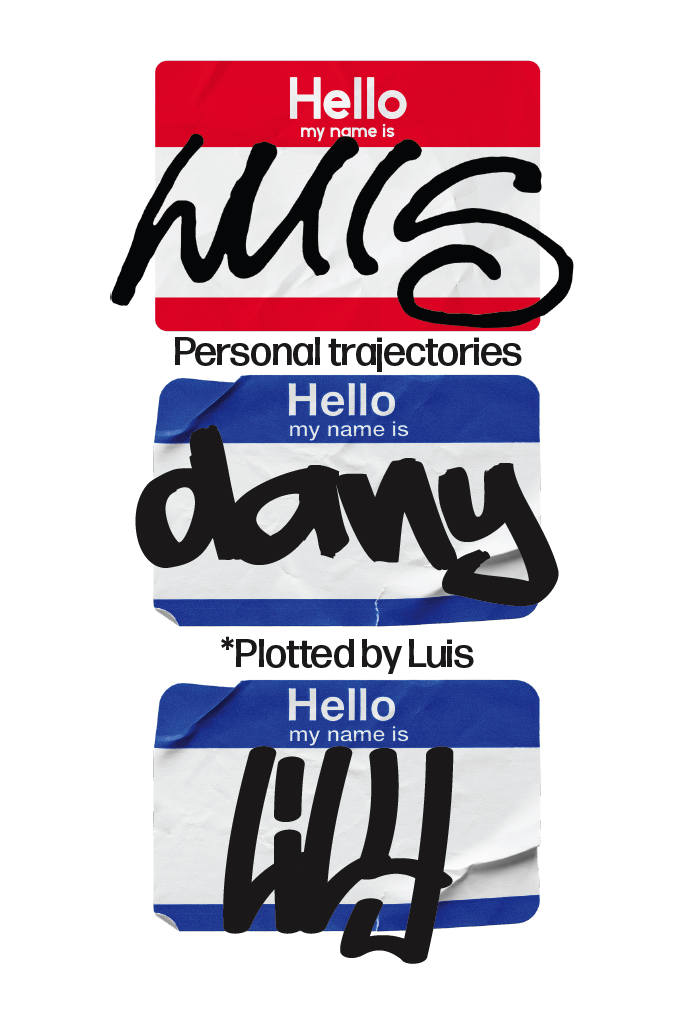
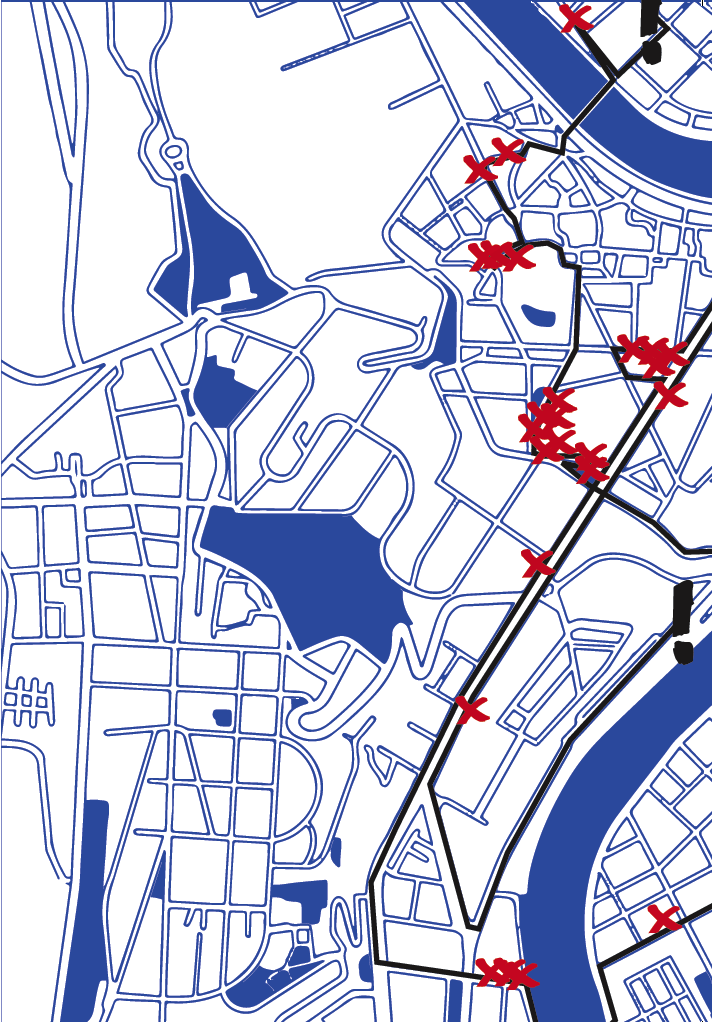


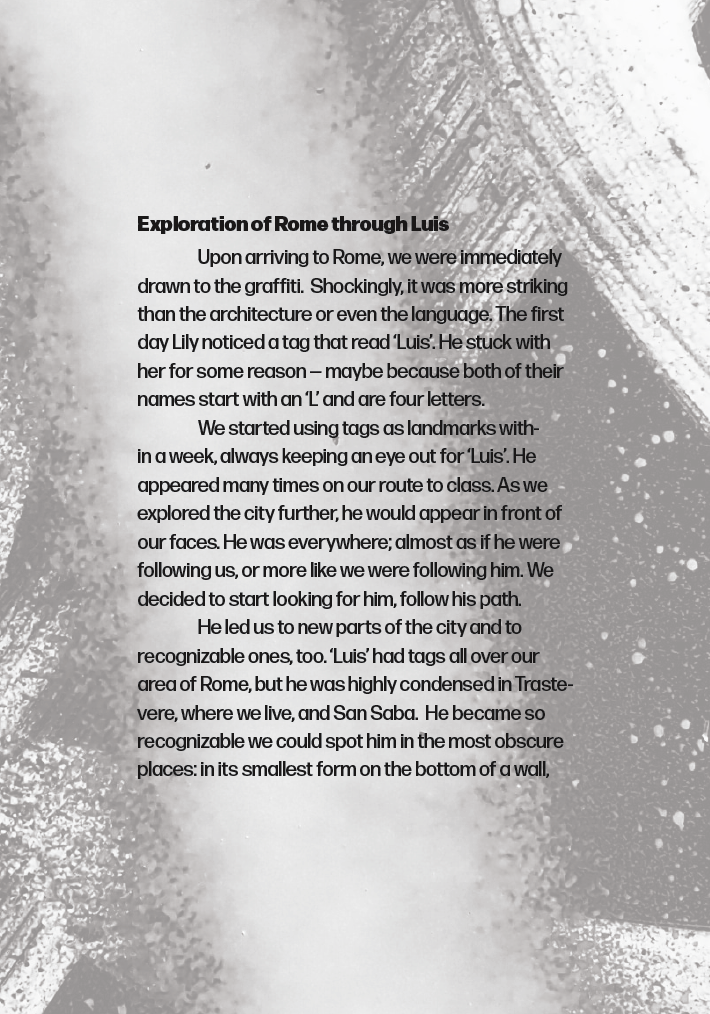


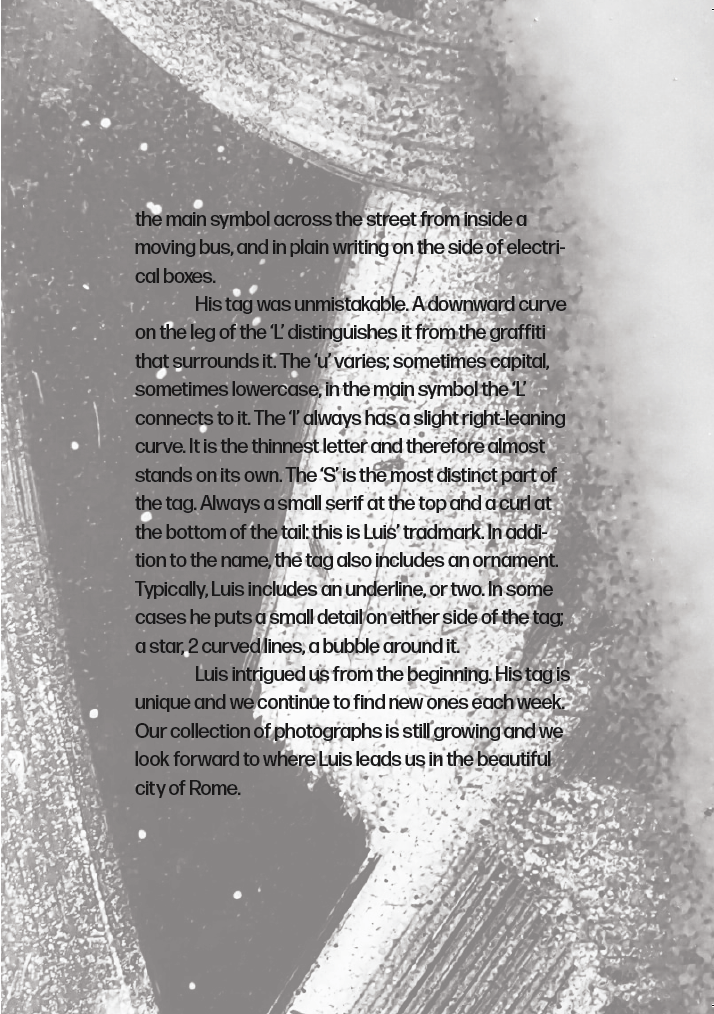
The Final Product.
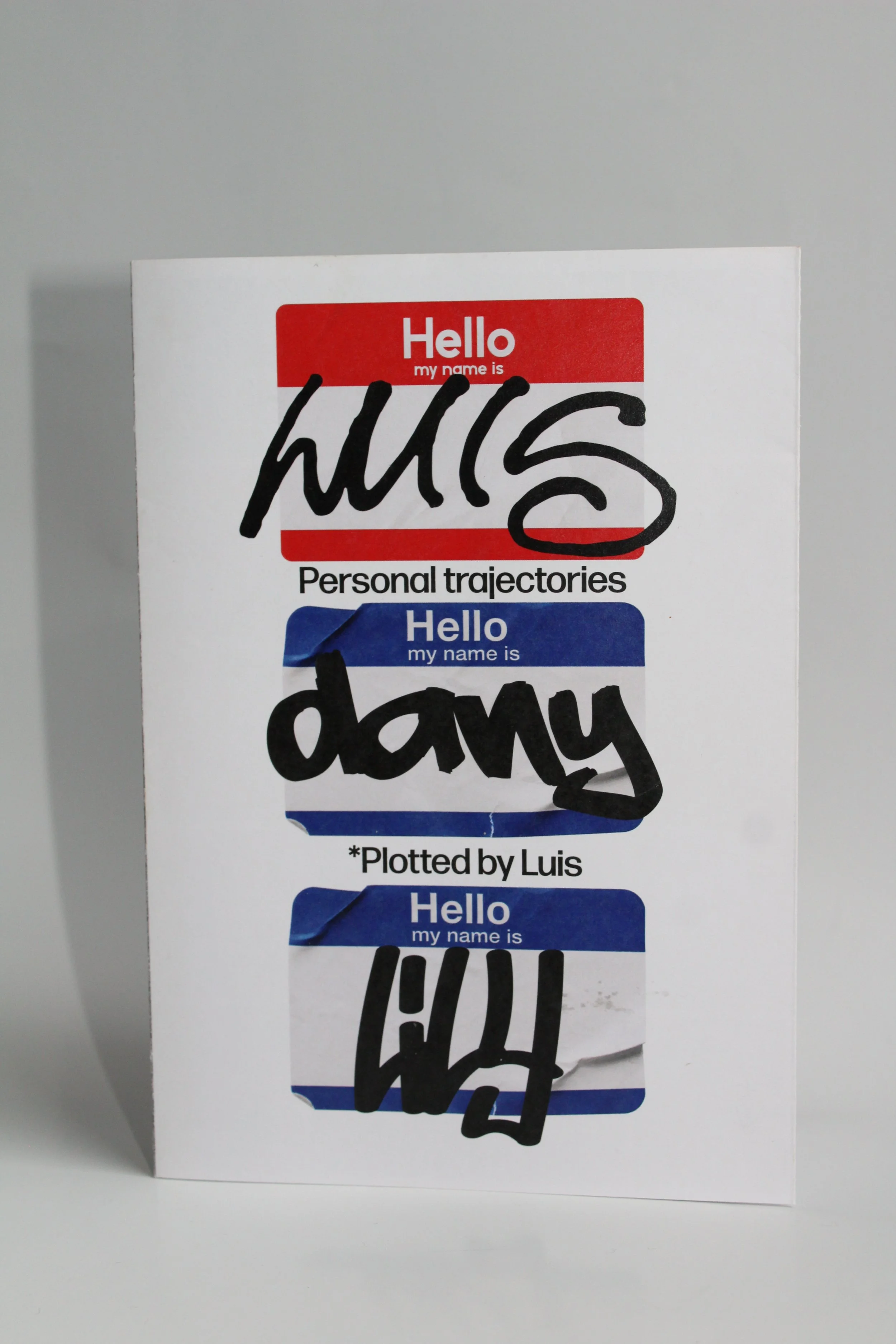

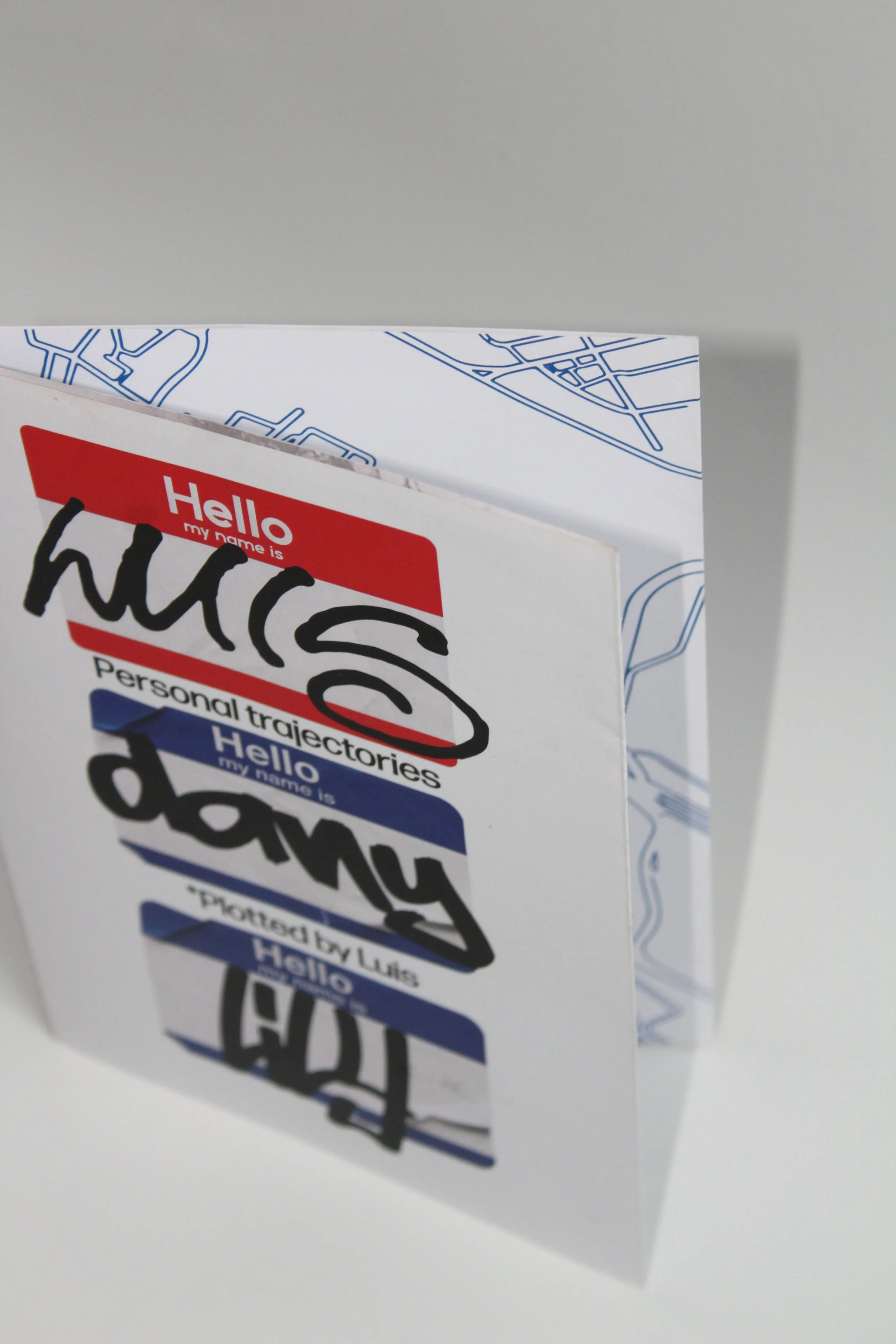
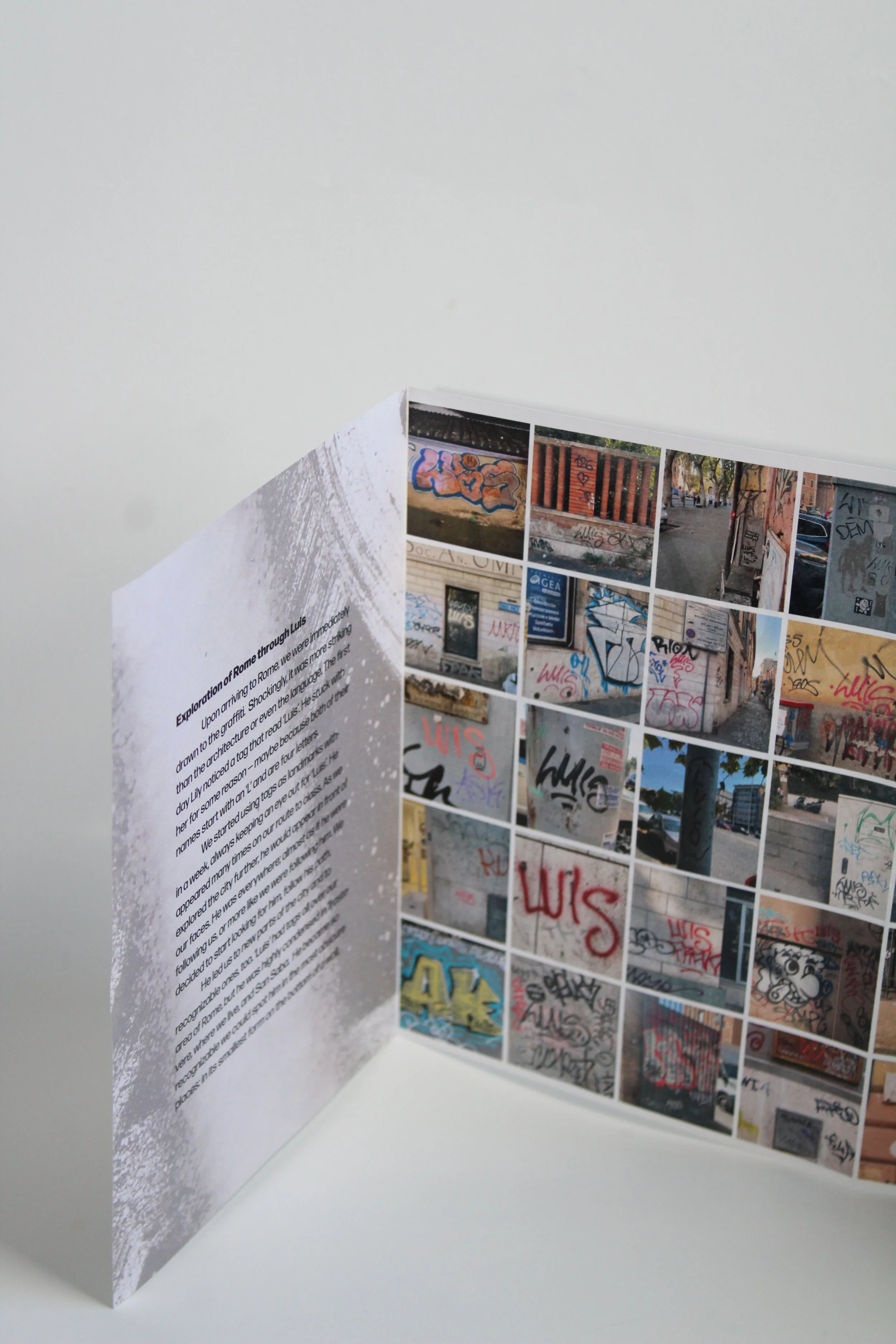
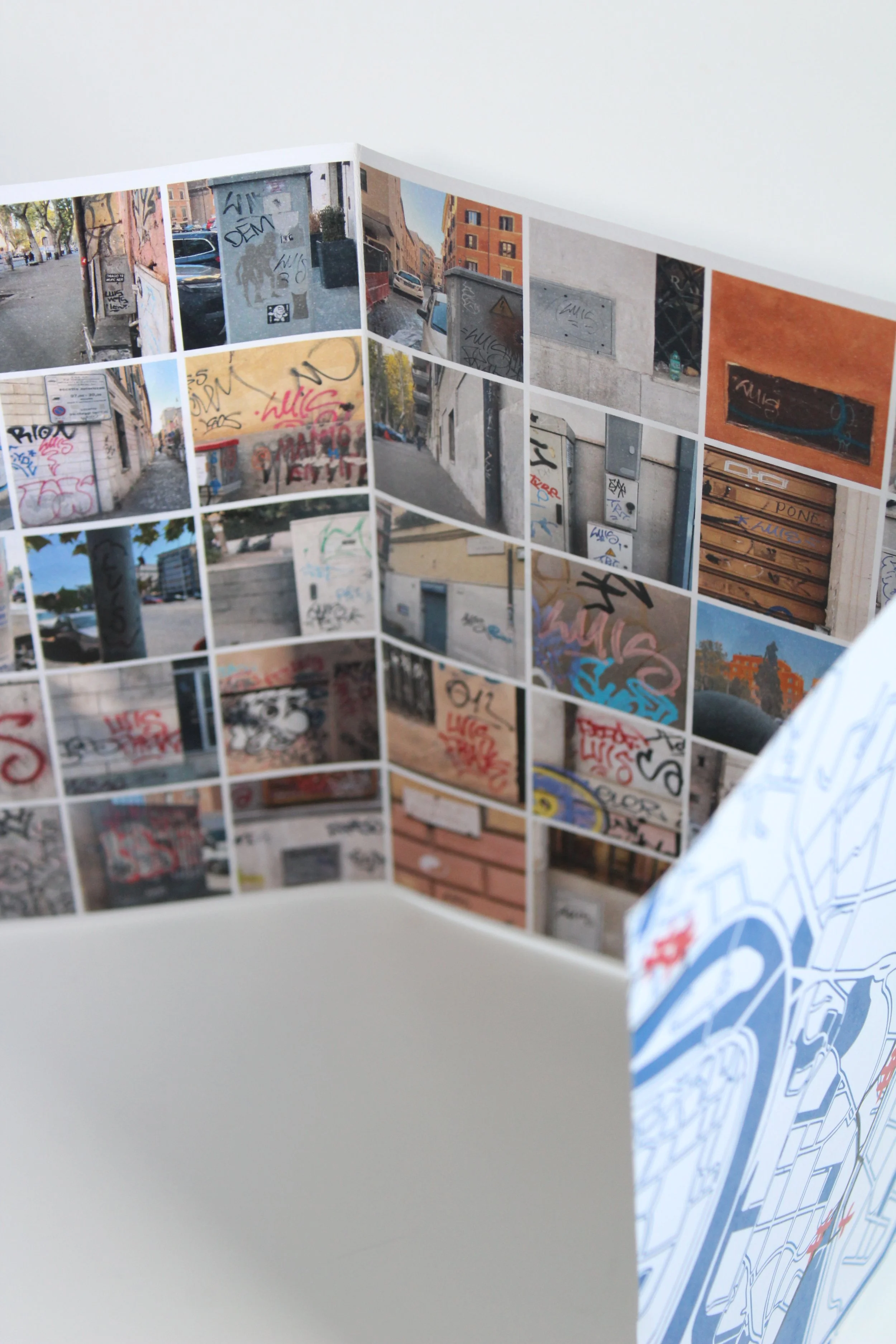
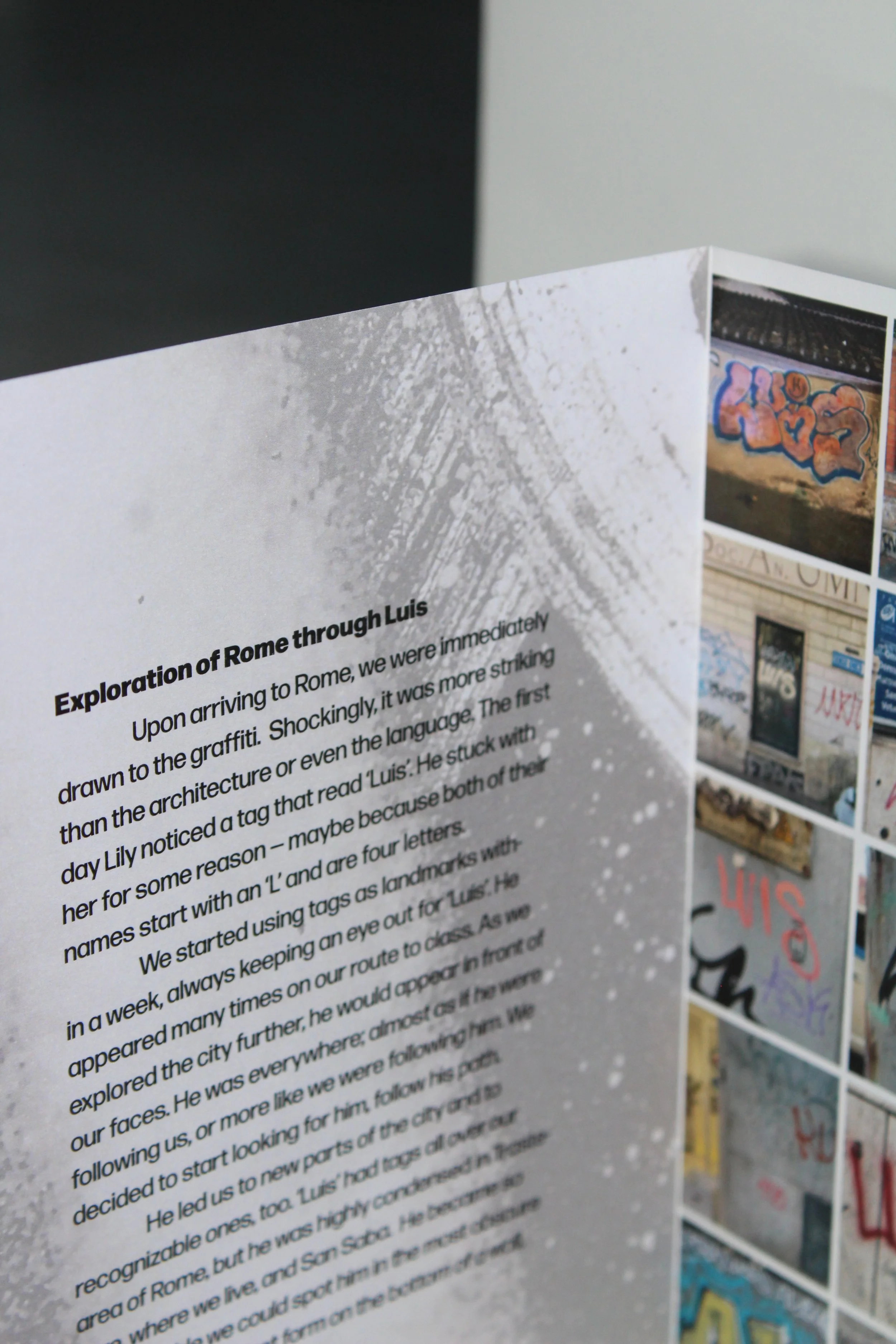

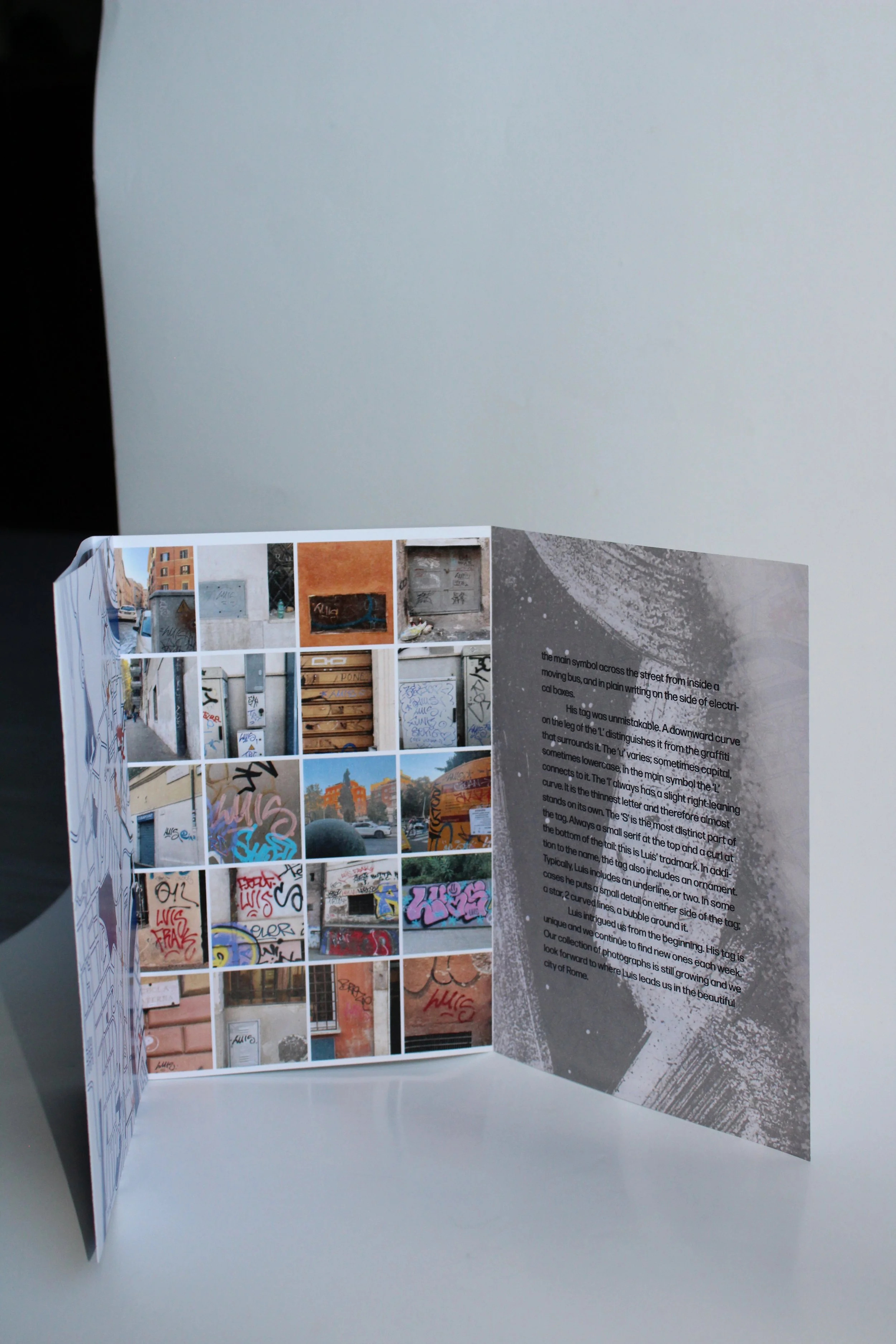
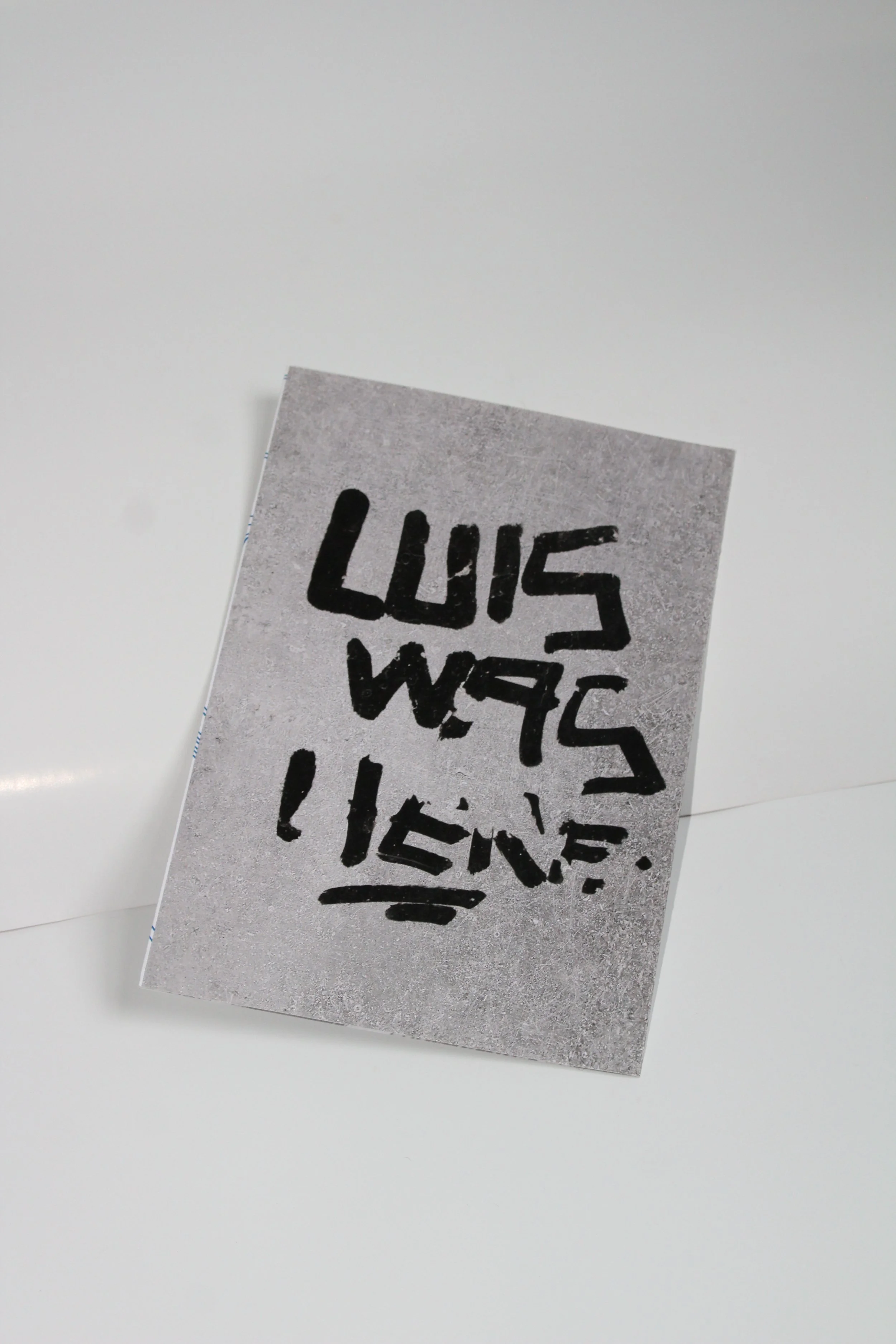
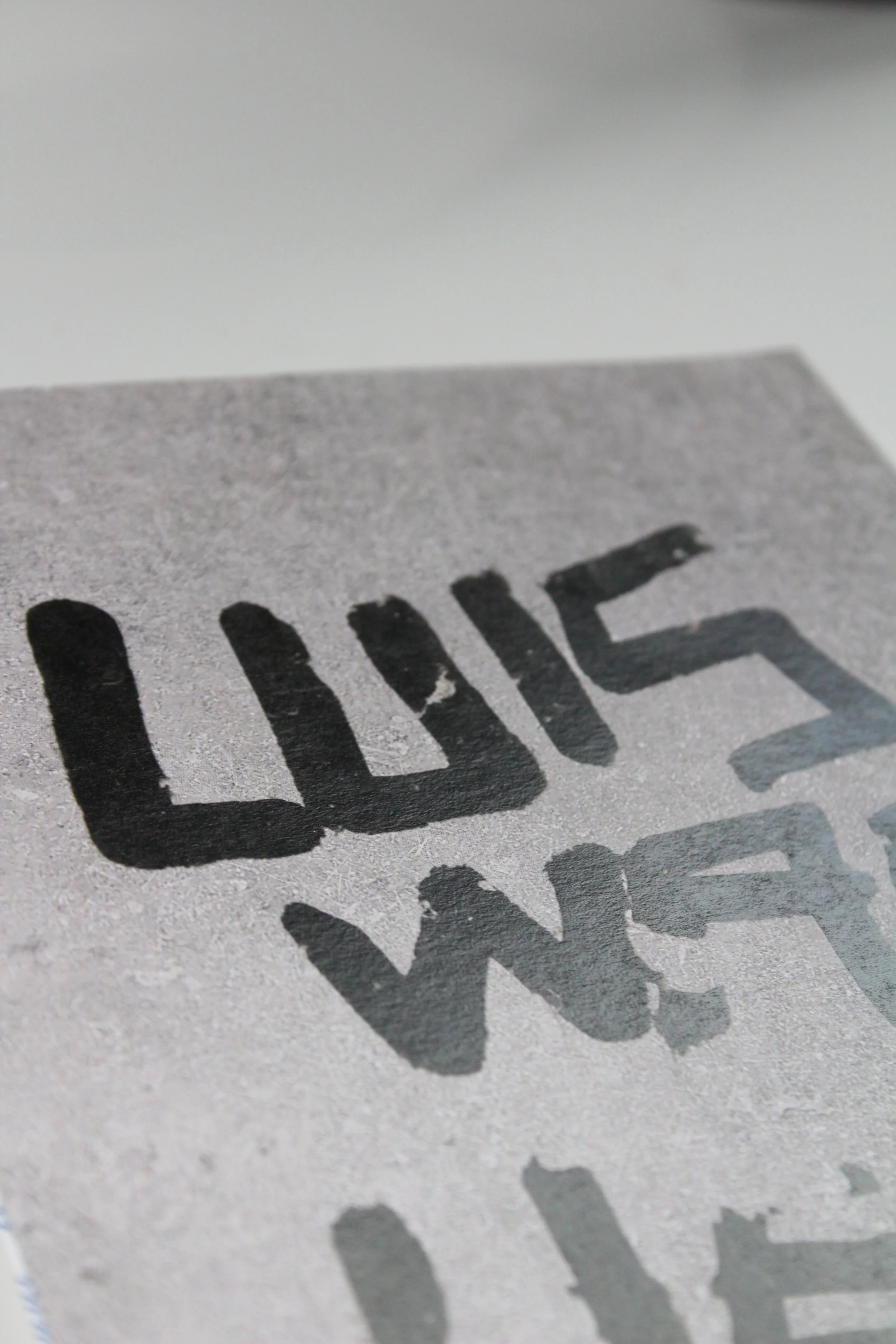
Reflection.
Reflection.
This project became one of the most memorable experiences from my time abroad, both creatively and personally. What started as a class assignment quickly evolved into a deeper exploration of place, pattern, and human expression. Searching for “Luis” turned ordinary walks into small adventures, forcing us to slow down, look closer, and appreciate the layers of Rome beyond its monuments. Collaborating with Dany made the process even more rewarding—we balanced each other’s ideas and found ways to merge two creative voices into one cohesive piece. From concept to execution, Personal Trajectories *Plotted by Luis reminded me that design can tell stories in unconventional ways, mapping emotion, discovery, and curiosity just as much as geography.

